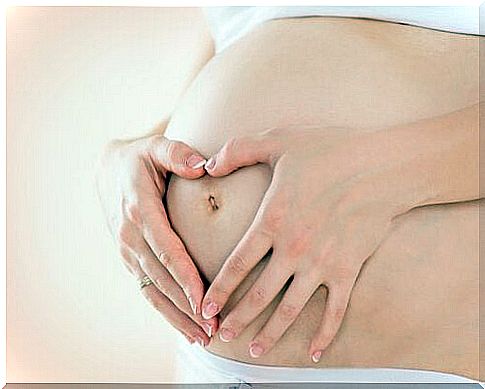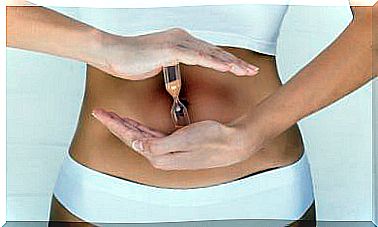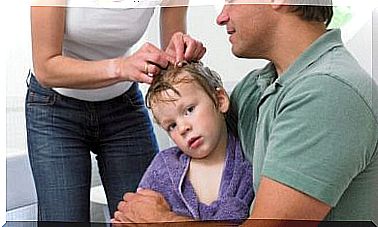Are Painful Child Movements Normal?

Do you often feel painful child movements and want to know whether this is normal?
The movements of a child in the womb are fascinating for the future parents and the rest of the family. Pregnant women are often asked by family or friends if they can touch their belly to feel the child’s movements.
Not all movements are painful, but stronger kicks can occur over and over again. Various factors play a role, which we will then take a closer look at.
Child movements from the 22nd week of pregnancy
Mostly, child movements are perceived from the 22nd week. At this point in time, expectant mothers tend to feel slight friction or contact with the baby.
The fetus is still small and has room to move freely in the uterus. Therefore the friction is very light.
However, the child’s movements become stronger and more regular over the next few weeks. The mother feels the baby change positions in the uterus and collide with the wall of the uterus in the process.
Due to the growing size of the baby, it has less and less freedom of movement, which the mother also feels.

After the 28th week, painful child movements may occur
After the 28th week of pregnancy, the uterus has reached its limits and the baby is already quite big. From this point on, even slight movements of the child can cause pain.
Painful child movements result from the baby’s activity and urge to move in the womb. As a result, the mother can feel pain in the rib area or in various organs.
Some movements can even lead to brief pauses in breathing or wake the mother at night. Painful children’s movements are quite normal, but can vary widely.
Painful child movements are most often felt in the evenings
It is scientifically proven that babies are most active in the evening. The frequency of movements increases between 9 p.m. and midnight. This could be related to food intake.
Pregnant women should eat consciously. For example, sugary foods can lead to a greater urge to move around in the fetus. Because of this, it makes sense not to consume too much sugar in the evening.
If you have any doubts, seek advice from your gynecologist!
The evening is also the best time to count the baby’s movements. An activity that many gynecologists recommend to determine the baby’s health status.
By observing, the mother becomes aware of the frequency of movement. This gives the pregnant woman the opportunity to adjust to their effects.
Under what circumstances are movements painful?
Every pregnancy is unique and every child is different. Also fetal movements affect quite different. These can feel stronger during the first pregnancy, for example, because everything is still new.
If you are very slim, the baby can easily reach your ribs and lower abdomen. It is very possible that you will then feel the movements of the fetus more intensely.
The weight of the fetus also plays a role.

The kicks can also be painful during pregnancy of twins or triplets. The lack of space in the uterus can cause discomfort in this case.
Recommendations for the first pregnancy
The child’s movements are the best indicator of their health. Rather, it is a cause for concern if you cannot feel your child for a long time.
However, you should definitely discuss pain, doubts or worries with your doctor.
Conscious breathing, walking, listening to music and yoga are recommended to minimize discomfort. Painful child movements usually only occur towards the end of pregnancy. Then you know that you will soon be holding your child in your arms!









